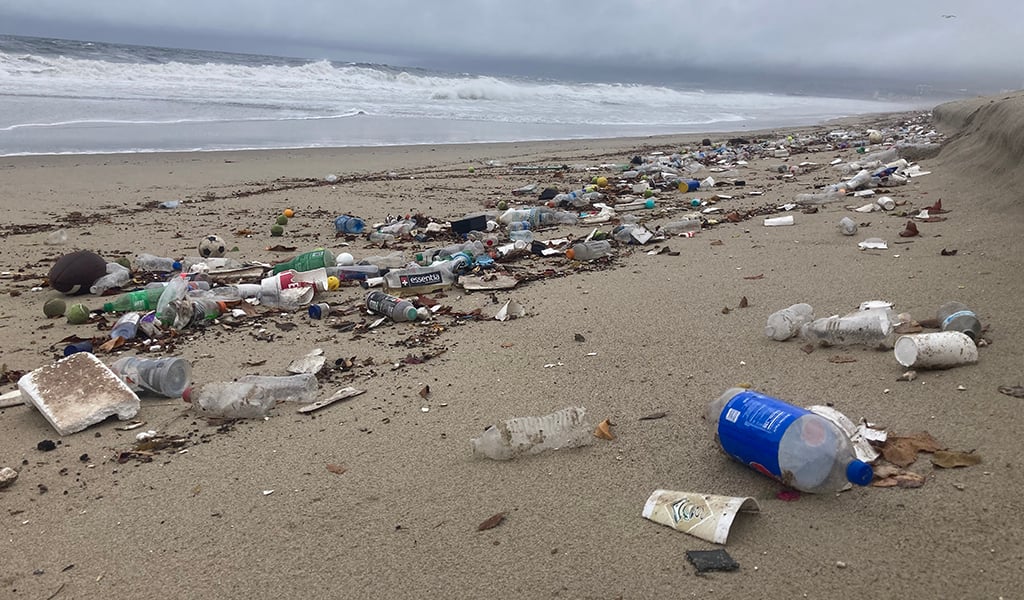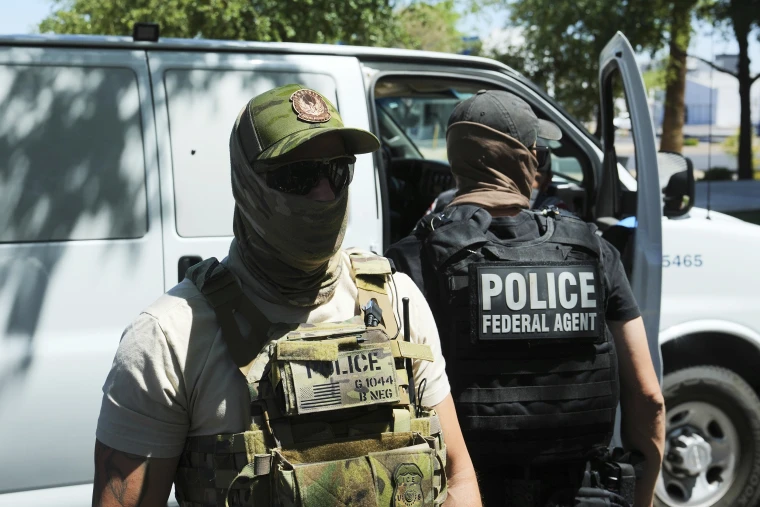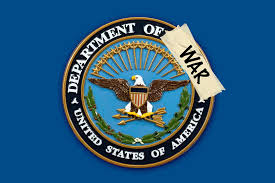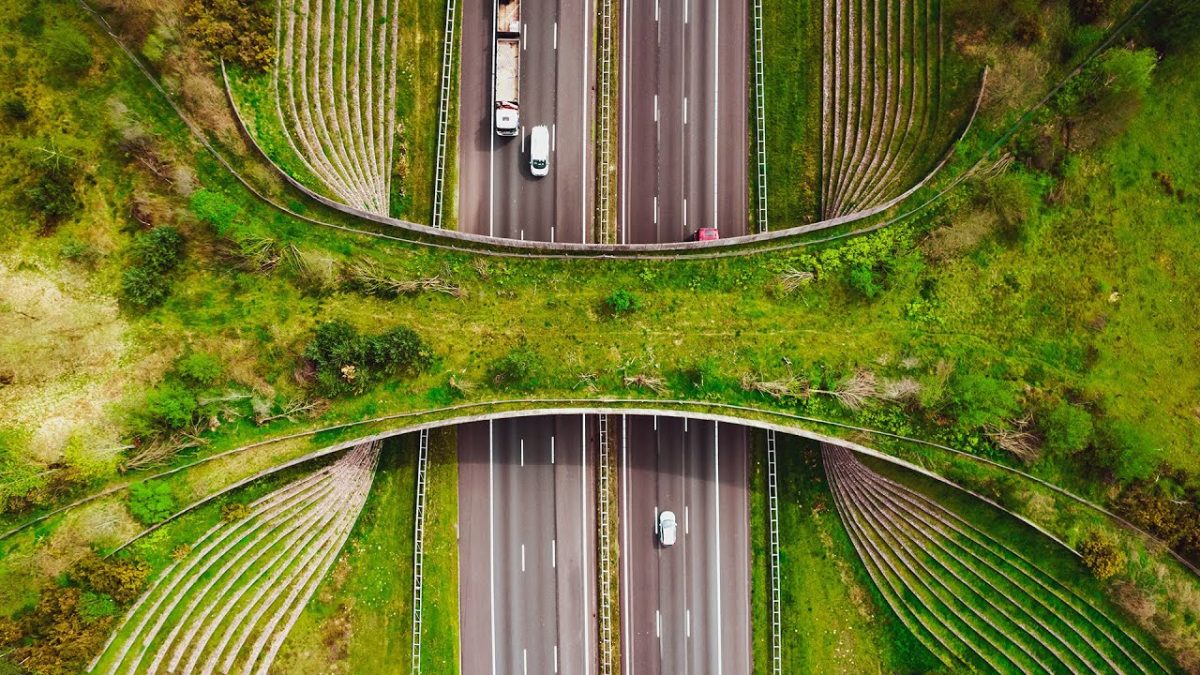Dangerous Waters in LA?
Los Angeles beaches are known as a significant summer staple to many individuals who live in Southern California. Unfortunately, water quality reports have shown a recent increase in bacteria levels that can be considered dangerous. This issue has become especially worrisome at the Santa Monica beach, which is a well-known California landmark. CNS Los Angeles states, “High bacteria levels prompted Los Angeles County health officials Thursday to warn swimmers to stay out of the water at several popular beaches.” The high levels of bacteria stem from sewage, fertilizers, other oils, and pollution that flow into storm drains after it rains. The negative implications of the high bacteria levels can harm various aspects of the community. Evidently, this poses a significant safety hazard to numerous communities, families, and animals residing in this area of California. On average, Los Angeles beaches attract over 50 million people annually, which is approximately 0.625% of the world’s entire population, who may be at risk of encountering E coli and other bacteria. These bacteria surfacing at beaches can make people ill with stomach issues and rashes.
What Does This Mean For Sea Animals?
Not to mention, this is the home of many sea creatures. When pollution from high bacteria levels comes into contact with the ocean, it can reduce oxygen levels, and it makes it harder for fish to survive. Dolphins are especially vulnerable to this because they tend to swim or feed next to storm drains and piers. When bacteria are at high levels like this, these dolphins can suffer from skin infections or stomach illness. Sometimes, the bacteria can even lead to death if they are swallowed in contaminated water. With the death of multiple sea creatures, possible implications include adverse effects on their life cycle. When bacteria are consistent, as it is on Los Angeles beaches, it can weaken the marine ecosystem. This makes it harder for animals to survive, reproduce, etc.
What Are State Officials Doing to Help?
Although these bacteria-infested waters can be recognized as a significant safety hazard, local state officials play a crucial role in creating a safe environment for both people and wildlife. The Los Angeles County Department of Public Health is running one of the biggest water monitoring programs in the country, and they are doing a great job of posting advisories, warning signs, and updates.
What can the Community Do to Help Address this Issue?
There are actions that people can take on a day-to-day basis to help clear the debris from our waters. Simple actions like picking up trash, or being more cautious about what we let down the storm drain can severely help our bacteria issue. People can also join beach cleanup organizations. This can be done online or through certain clubs and organizations. They typically do them monthly to ensure the health of sea life and the ocean itself. Encouraging these healthy contributions to the environment, and in response to the dangerous bacteria on the beaches, can help benefit the community slowly but surely. It should be encouraged to prevent the limitations of an unpleasant beach visit in the community due to the possibility of children and elders getting ill. To ensure a healthy community, it’s vital that people, as a group, take the steps necessary to help protect and heal our surroundings. Clearly, the increase in bacteria affects more than just public safety; it affects our environment and our sea animals that contribute to the iconic features of the California coast. While the situation is being monitored, everyone must do their part in protecting our beloved beaches.









